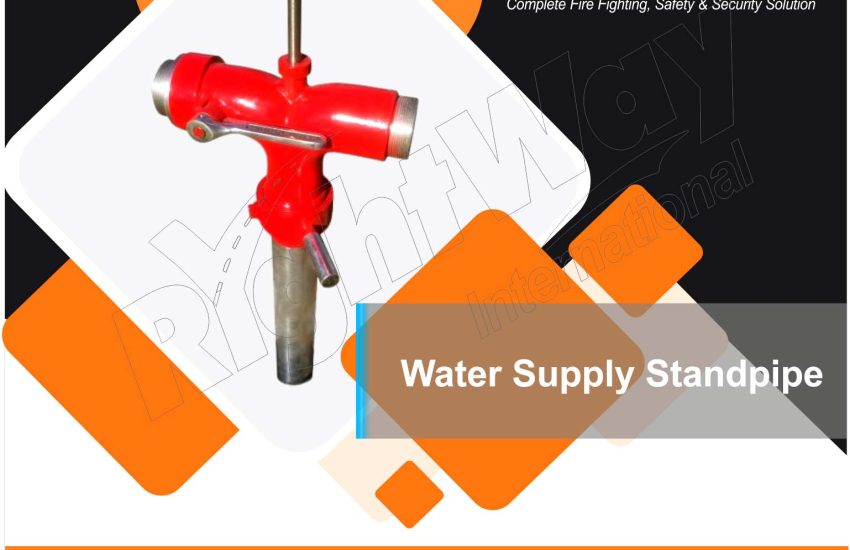Water Supply Standpipe are essential fixtures in modern firefighting and building safety systems. These vertical pipes deliver a reliable water supply for firefighters, especially in high-rise buildings and large structures. Here’s an overview of standpipes, their types, functions, and importance in fire protection.
What is a Water Supply Standpipe?
A standpipe is a vertical pipe connected to a water supply, enabling firefighters to access water at various levels within a building. You typically find standpipes in stairwells or other accessible areas, equipped with hose connections to facilitate firefighting.
Types of Water Supply Standpipes
- Class I Standpipe: Designed for trained firefighters, Class I standpipes feature 2½-inch connections for heavy-duty hoses. You commonly find them in commercial buildings and high-rises.
- Class II Standpipe: These standpipes serve trained personnel or occupants. They have 1½-inch hose connections and often appear in smaller buildings or as supplementary systems.
- Class III Standpipe: Class III standpipes combine the features of both Class I and Class II, providing both 2½-inch and 1½-inch connections for use by firefighters and trained building personnel.
Functions of Water Supply Standpipes
- Water Supply: Standpipes offer an immediate source of water for firefighting, enabling firefighters to quickly establish a water supply on upper floors of a building.
- Accessibility: Firefighters can easily access standpipes, which are strategically located to ensure swift response during emergencies.
- Pressure Regulation: Standpipes maintain adequate water pressure, ensuring that firefighters have enough flow to combat fires effectively.
Importance of Water Supply Standpipes in Fire Safety
- Firefighting Efficiency: Standpipes improve firefighting operations, especially in multi-story buildings where traditional methods may prove less effective.
- Life Safety: Standpipes provide a reliable water source, enhancing the safety of building occupants and firefighters. They enable quicker response times and more effective fire suppression.
- Building Codes: Many local and national building codes require the installation of standpipes in certain types of structures, underscoring their importance in fire safety planning.
- Regular Maintenance: Standpipes need regular inspection and maintenance to function effectively. Ensuring they remain in good working order is crucial for reliability during emergencies.
Best Practices for Water Supply Standpipe Use
- Training: Firefighters and building personnel should receive training on the proper use and operation of standpipes, including hose connections and water flow management.
- Inspection: Regularly inspect standpipe systems to ensure that all components, including hoses and connections, remain in good working condition.
- Clear Access: Keep standpipe locations free of obstructions to ensure unhindered access during emergencies.
- Hydrant Integration: Integrate standpipe systems with external water sources, such as fire hydrants, to guarantee adequate water supply.
Conclusion
Standpipes serve as a vital component of fire protection systems, providing quick access to water during emergencies and enhancing firefighting efforts. Understanding their types, functions, and maintenance needs is crucial for firefighters and building managers alike. By prioritizing standpipe readiness, we can help ensure the safety of buildings and their occupants.


